Is Jewelweed A Good Poison Ivy Remedy? (Scientific Studies)

Jewelweed (Impatiens capensis) is a plant native to the northeastern and midwestern US. It has a long history of use medicinally by multiple Native American tribes. Its primary use medicinally is for an external application to rashes, particularly poison ivy. Poison ivy ( Toxicodendron radicans) often grows side by side with jewelweed. There are only […]
5 Edible Survival Plants Everyone Should Know(Worldwide)

Modern society is built on the backs of tens of thousands of years of human beings surviving off of hunted and foraged food. Identifying and foraging for wild edibles is a skill that almost every human being still has the ability to cultivate. Most of us today don’t have years of experience honing our plant […]
5 Easy to Forage Edible Winter Plants of the Northeast

Foraging interest and activity always peaks in the fall. Then inevitably it declines quickly with the cooler weather. There is a lot of interesting plants to forage that are available in the winter and for some such as hairy bittercress they even continue to grow on days that are warm enough. Getting familiar with these […]
5 Reasons Why Lab Grown Meat is Better
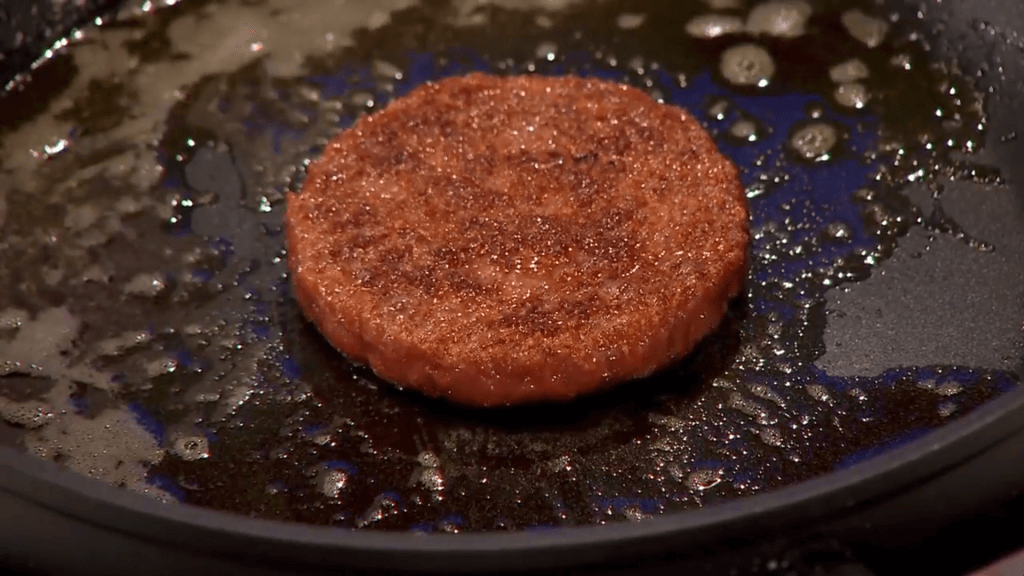
What is Clean Meat?For those of you living in a cave(which some of our readers probably do) and haven’t heard of the recent advances in lab grown meat, let me update you. Within the last 2-5 years “clean meat” companies as they prefer to be called have made significant progress toward the goal of affordably […]
How to Have a Nice Lawn and Eat It Too!
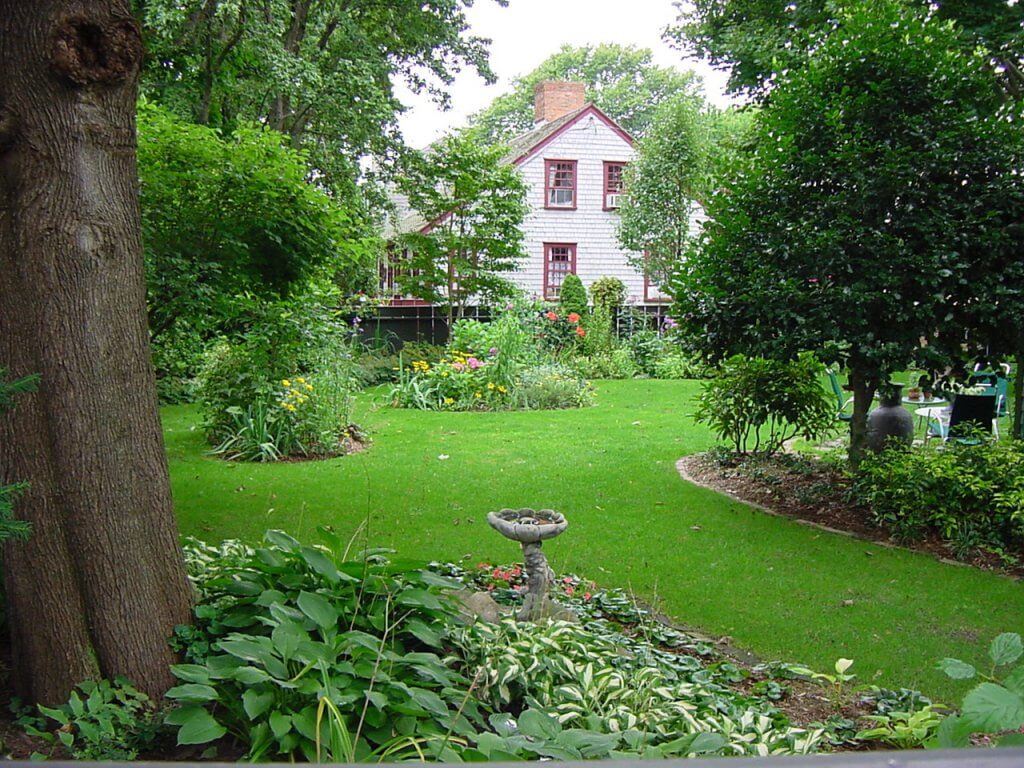
Misconceptions About Well Manicured Lawns Well Manicured lawns are often vilified by the foraging community. Homeowners are often accused of pointlessly using harmful chemicals that are bad for humans and our local ecosystems. Although this is often the case, it does not have to be. It is important to be aware of potential pesticide use […]
Foraging Fatality Statistics 2016 (Please Share)
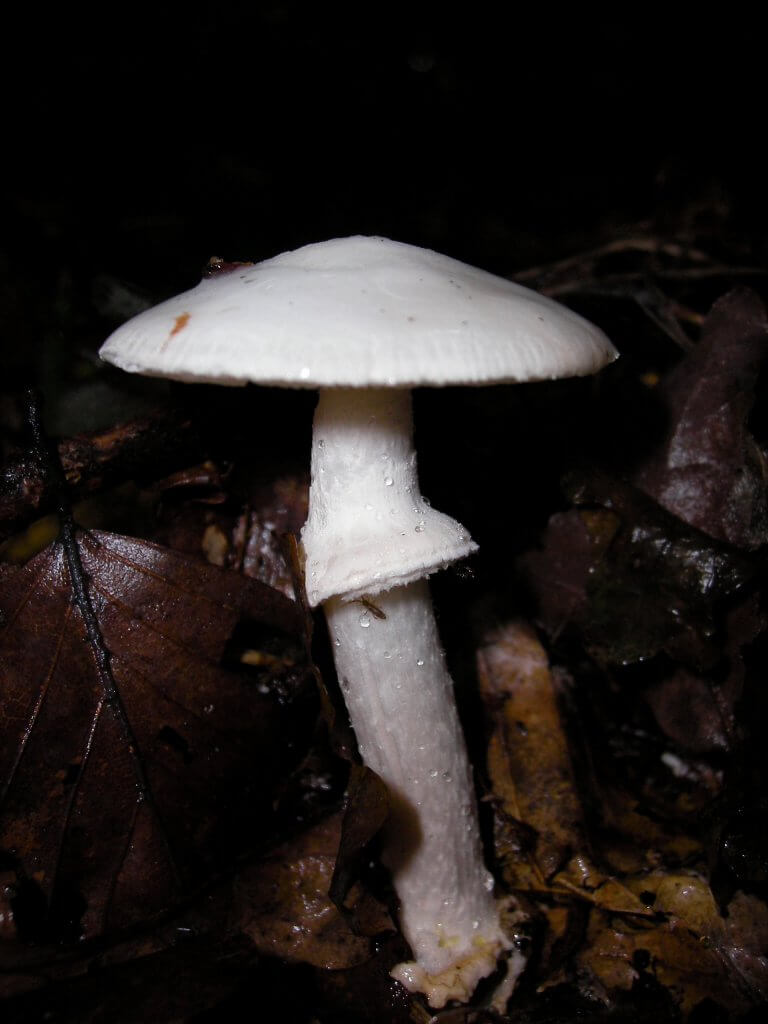
The information in this article is vitally important for anyone who is interested in foraging, mushroom hunting or wild crafting. If you can share this information and help save 1 person it is worth it. It’s cold and snowy here in New England right now and far from prime foraging season but I thought this […]
Eating poison ivy – does it make you immune?
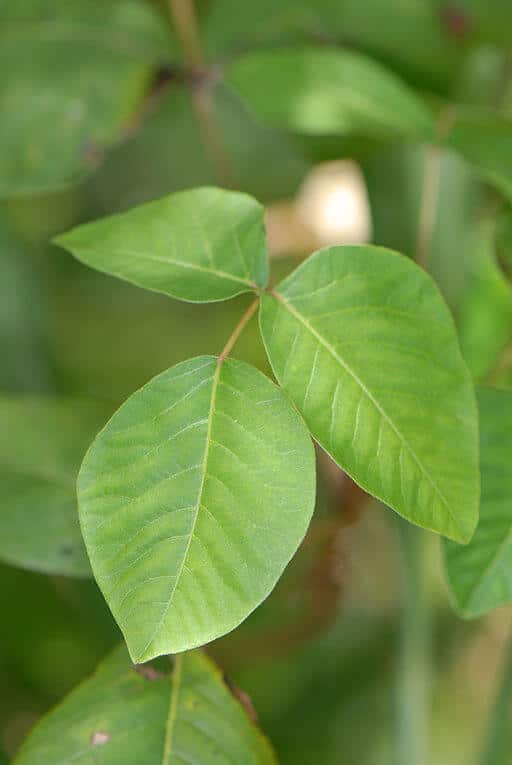
Many of us in the U.S. have had a traumatic run in with poison ivy or poison oak (on the west coast) at some point or another. I am only mildly allergic to poison Ivy but that doesn’t mean I was immune to it’s reign of terror when I unknowingly brought it home to my […]
FACW – Discover This Amazing Natural Resource
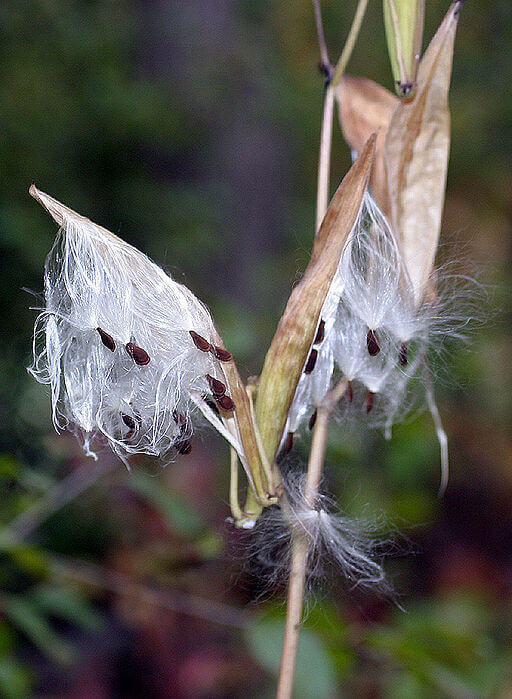
FACW plants are plants that can to grow in wetlands but may also be found outside of wetlands. These are versatile plants that can grow in many conditions. This includes trees such as red maple(Acer rubrum), Serviceberry (Amelanchier), river birch (Betula nigra), certain types of dogwoods (Cornus) and a vast assortment of other trees, shrubs and herbaceous plants. […]
3 of The Best Free Android Apps for Wild edibles and Foraging

There are a few free android apps in Google Play Store that focus on teaching you to find, identify, or prepare wild edibles. Below are 3 of the best apps for learning about wild edibles and foraging. I will explain the differences and What you should expect from each one. Wild Edibles Lite By WinterRoot LLC and Wildman Steve […]
How Many People Die Foraging Plants and Mushrooms in The US Each Year?
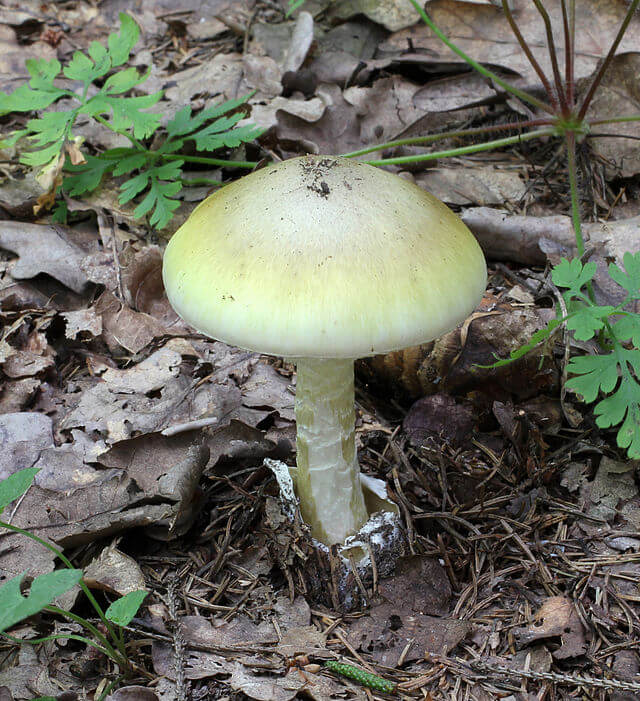
UPDATE: Newer Information is Available Updated information can be found in our latest article reviewing statistics of foraging related deaths. Article Summary According to the AAPCC (American Association of Poison Control Centers) annual report(which only includes cases in their system): 1 person died from a poisonous mushroom and 2 people died from poisonous plants in […]
5 Easy to Forage Edible Spring Plants of the Northeast

At Eat The Planet we love to teach people how foraging for wild edibles can be easy, safe, and rewarding. This article was written to get people out there and eating edible wild plants safely. There are 3 things that you need to be able to do first and this article is meant to make […]
What Is The Opposite Of “Conifer”
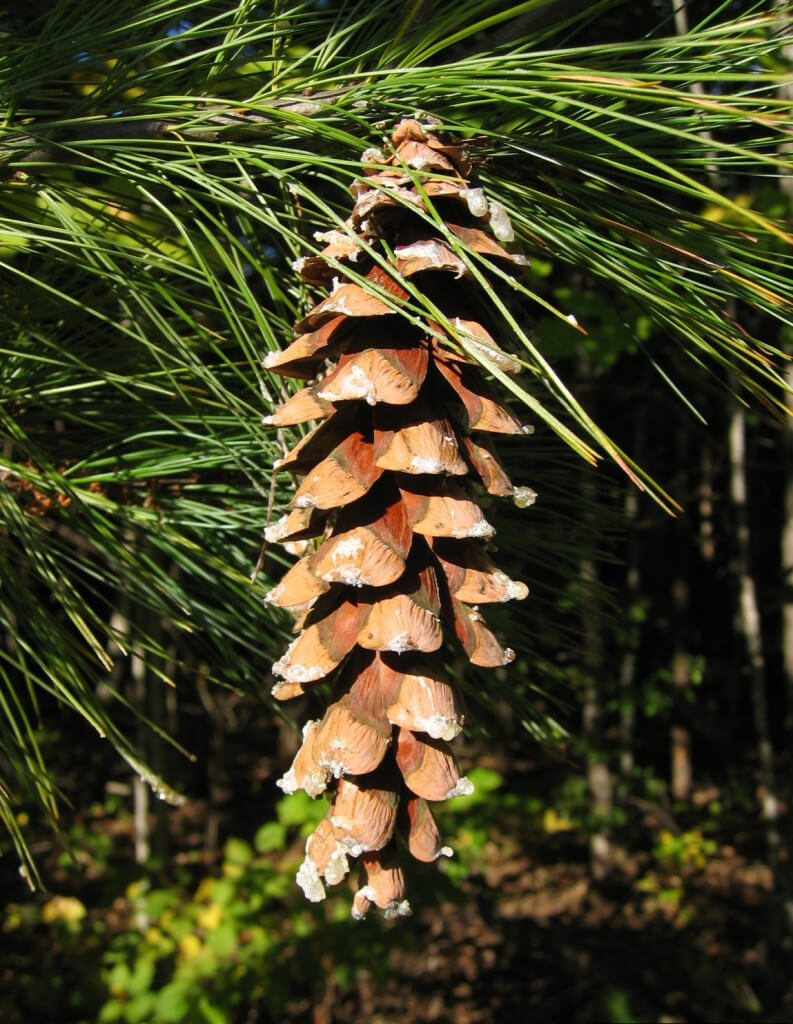
This is a website about wild edibles so when identifying conifers we should know how they are distinguished from other plants What is the opposite of the term “conifer”? A Question we have heard since we learned about trees as children. The answer is easy right? First of all, think of an answer and write […]
10 Wild Edibles, You Should Know
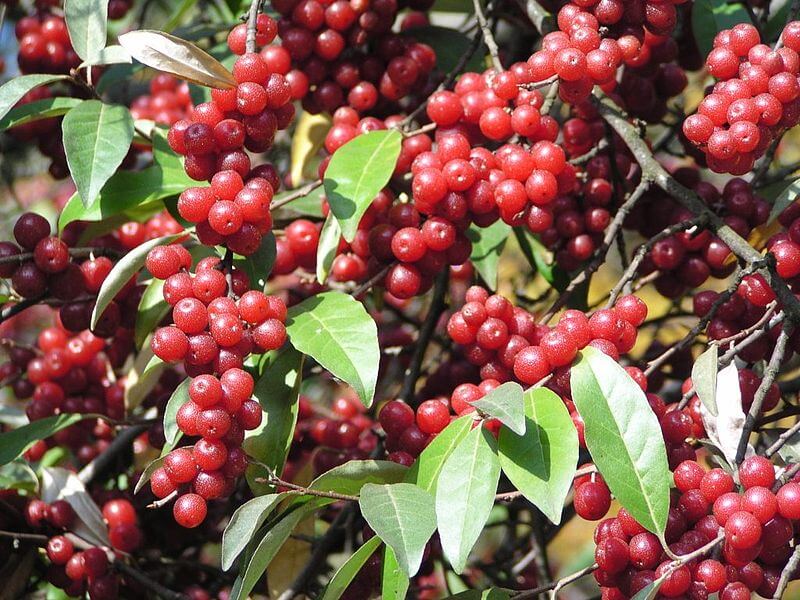
This is a list of wild edibles that are abundant, easy to identify, and significant in one way or another. These are some of the basics that are good to know if you’re stuck in the woods in a survival scenario or simply camping and hiking. There are some basic identification features mentioned here but […]
Surprisingly, Smoking Tobacco From A Pipe May Have Health Benefits
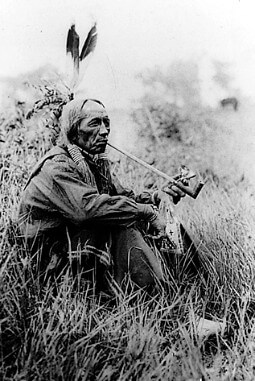
our facebook page for additional articles and updates. Follow us on Twitter @EatThePlanetOrg Why Are We Told That Smoking Is So Bad For Us? Because smoking cigarettes is. It harms almost every organ in your body. It causes 20% of all deaths in the united states annually. Cigarettes often contain poisons such as acetone, ammonia, […]
What is the story behind the banning of Safrole?
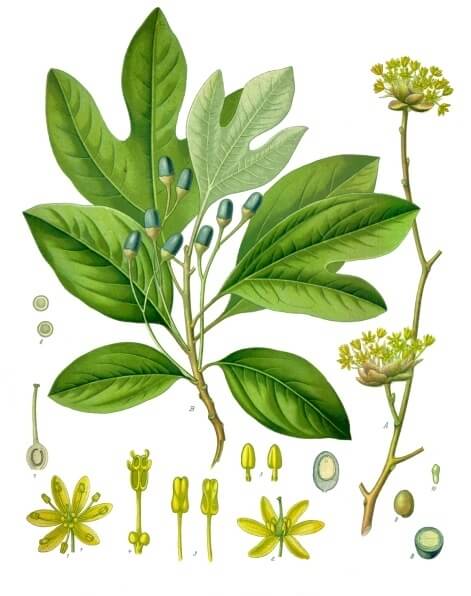
Safrole which is a unique substance in Sassafras can not be found in significant quantity in any food products sold in the united states today. On the surface it looks like a clear and simple reason. Official Reason behind the banning of Safrole In the 1950s in a government study, Safrole had been force fed […]
Mission Statement
Our Mission is To teach and learn about all the edible things this earth has to offer and why eating an extremely diverse diet is better for people and planet. Eating wild edibles has historically been one of the most important skills a person could have. It has been ingrained in the culture of mankind […]
US Department of Agriculture(USDA) Hardiness Zones

The USDA Hardiness zone Map is an attempt to divide the country into zones that give us some idea weather certain plants can be grown in any given area. The primary piece of data used to delineate the zones is the average annual winter temperature experienced in that area. A Good System but Not […]
What The Heck Is Mucilage?

Many plants produce a substance known as mucilage, it is also produced by some fungus, bacteria and animals. Mucilage is a thick, gluey substance, produced by almost all plants but found in higher concentrations in specific species. If you’ve ever cut open an Aloe vera plant then you know what mucilage is, it’s what makes […]
Safe Foraging: Pesticides, Poisons, And Allergies

Foraging for wild edible plants, bugs and fungus can and should be an enjoyable experience for all. But there are some guidelines to follow for safe foraging. There are 3 primary cautions associated with foraging for anything and these are: 1) Accidentally eating a poisonous organism, or a poisonous part of an organism that may […]
What Is Your Ancestral Diet?
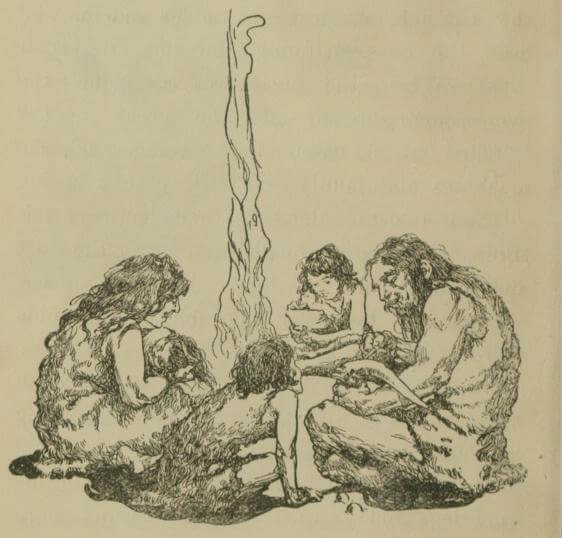
Imagine the earth in 50,000 BC. Mankind is entering the final stages of its evolutionary journey from animal to human. How is he living? And what is he eating? What types of foods? And how are they processed? We have all heard that we need to eat a natural diet, full of fresh fruits and […]
